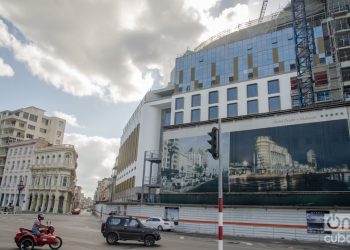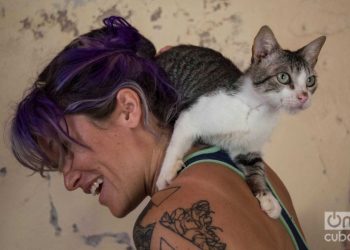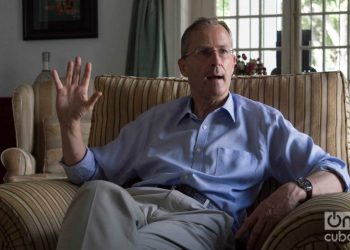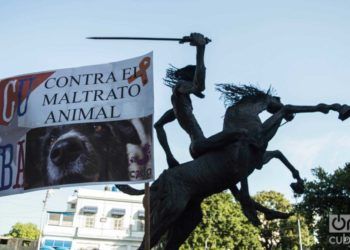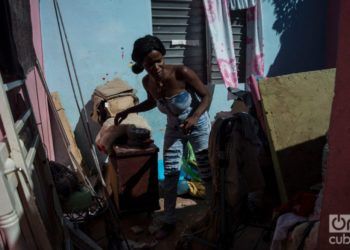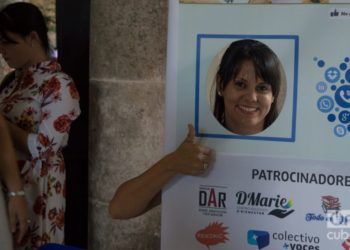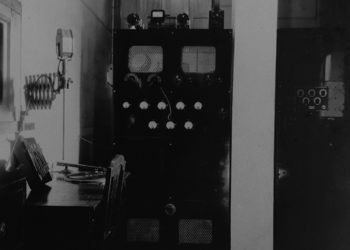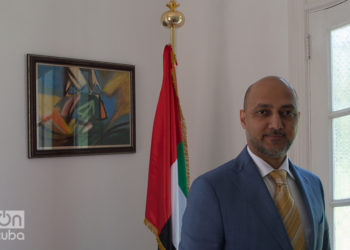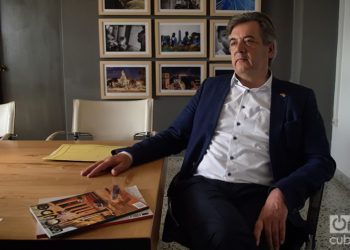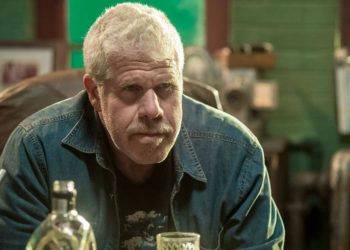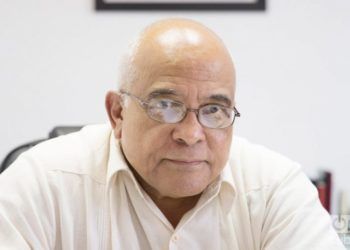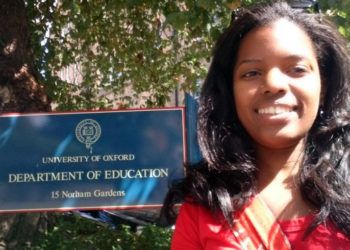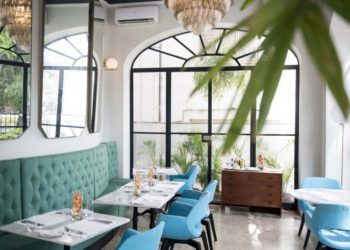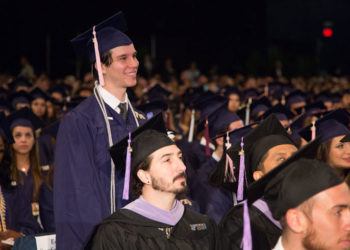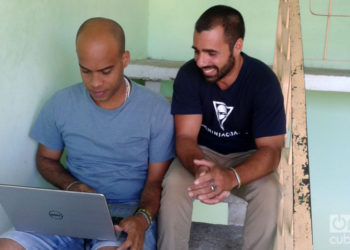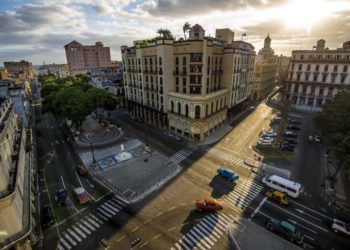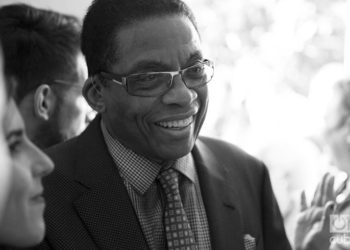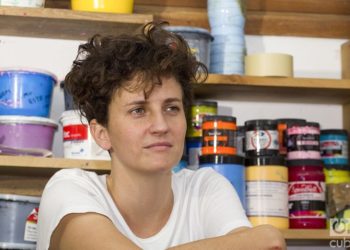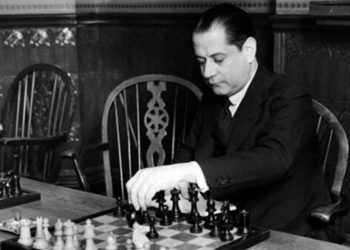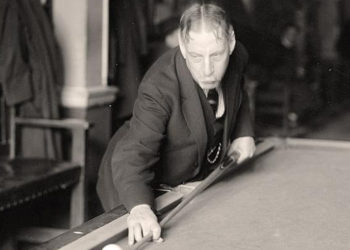Havana’s future hotels
A few months before celebrating its 500th anniversary, Havana is strongly committed to international tourism. In the midst of the recovery of the recent tornado and the uncertain economic situation Cuba is experiencing, the construction of new hotels and the restoration of others, until recently in ruins, continues. Only this year, the Havana authorities are envisaging the opening of a dozen, to raise the number of rooms to more than 12,500, just over half in four- and five-star facilities. A few days ago, during the FitCuba 2019 International Tourism Fair, two of them opened: Palacio Cueto, in Old Havana, and Vedado Azul, in Vedado. But the state plans go further and include the rehabilitation of others such as the Deauville, the Lincoln, the Sevilla, and the Neptuno-Tritón, and the revival of extra-hotel services that include restaurants, marinas, centers and golf courses, in an ambitious plan that will go on throughout the next years. The most recent business portfolio for foreign investment is even proposing plots currently occupied by buildings or public spaces, such as the intersections of the well-known 23 and B, Línea and Paseo, and Boyeros and 19 de mayo streets. The intention, according to Xonia Beltrán, delegate of...

